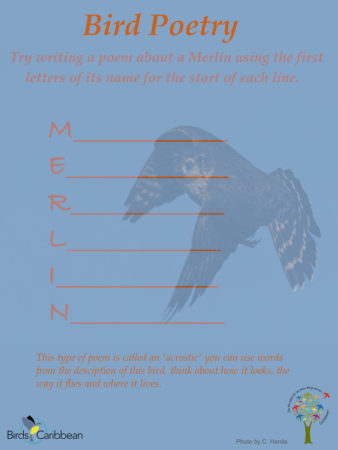Celebrate World Migratory Bird Day (WMBD) with us in our virtual “Birds Connect Our World” edition! Have fun learning about a new migratory bird every day. We have colouring pages, puzzles, activities, and more. Download for free and enjoy nature with your family at home.
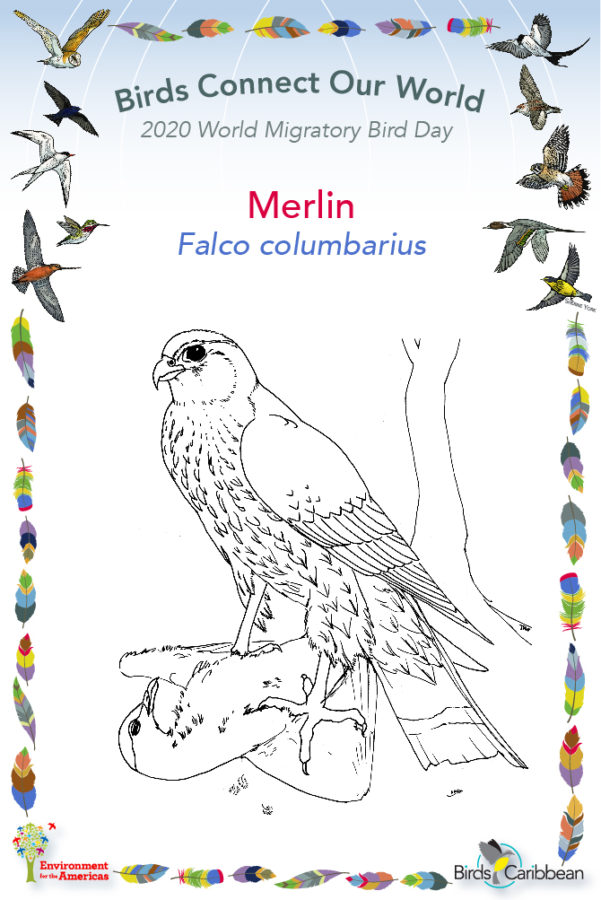
Migratory Bird of the Day: Merlin
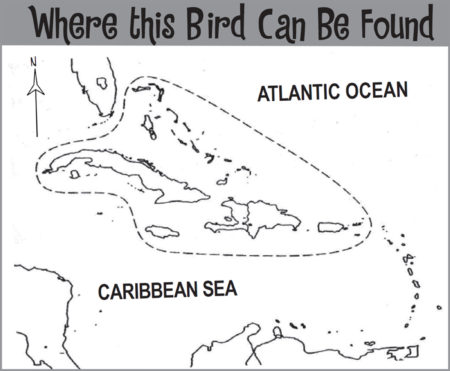
Merlins are a small falcon and a powerful, fast flier. Their upperparts are blackish gray to pale blue-gray in the male, and dark brown in the larger female. The darkness of the plumage varies geographically. The underparts are pale with heavy brown streaking and the tail is barred with black stripes. When perched look for the pale tan stripe above the eye. In flight, their pointed wings, long tail, and rapid powerful wing-beats help with identification.
Merlins have a wide distribution globally, through North and Central America and across Europe and Asia. In North America, this species breeds in the northern-most parts of the US and throughout most of Canada. Some Merlins winter in the south-central US and northern Mexico. Others undertake much longer migrations to the Caribbean, Central and South America, spending the winter as far south as Ecuador.
Merlins start arriving in the Caribbean in September. Some pass through the islands on their journey to points further south. Others stay for the whole winter, departing in April or early May. Merlins are winter residents in The Bahamas, Greater Antilles, US and British Virgin Islands, and the Cayman Islands. They are not as common in the Lesser Antilles.
An agile and skillful hunter, Merlins specialize in catching and eating other birds. They also eat large insects like dragonflies and small rodents. Merlins often hunt by flying fast and low and using sudden bursts of speed to take their prey by surprise in mid-air. During migration you might spot them by coastal lagoons or salt ponds, where there are plenty of shorebirds for them to hunt. They might also be in woodlands and forests hunting for other small birds. Learn more about this species, including its range, photos, and calls here.
Colour in the Merlin!
Download the page from Migratory Birds of the West Indies Colouring Book. Use the photos below as your guide, or you can look up pictures of the bird online or in a bird field guide if you have one. Share your coloured-in page with us by posting it online and tagging us @BirdsCaribbean #WMBD2020Carib
Listen to the call of the Merlin
Merlins give high-pitched chattering calls, which they repeat.
Puzzle of the Day
Click on the images below to do the puzzles. You can make the puzzle as easy or as hard as you like – for example, 6, 8, or 12 pieces for young children, all the way up to 1,024 pieces for those that are up for a challenge!
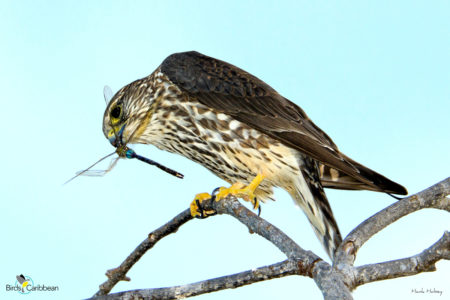
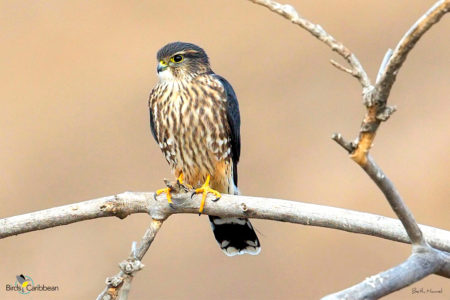
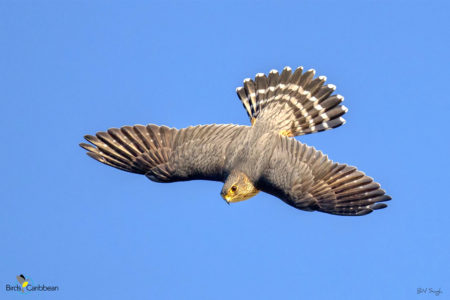
Activity of the Day
FOR KIDS: Use our template to write a poem about a Merlin. Each line of your poem should start with the letters of this birds name. This type of poem is called an ‘acrostic’. You can use words from the description and information about Merlins above. Think about how this bird looks, the way it flies, where is lives and how it finds food.
FOR KIDS AND ADULTS:
- Take a walk and see if you can spot any migratory birds, if you are visiting a wetland or woodland area keep an eye out for a Merlin, which might be hunting for shorebirds or songbirds. Use a bird field guide or the FREE Merlin bird ID app to help you identify the birds you are seeing.
- Enjoy the videos below of Merlin in the wild! The first video shows a female perched on a post eating, after catching a small bird Merlins find somewhere safe to perch and have their meal. In the second video you can see a Merlin in flight, look for the barring on the long tail, its sharp pointed wings and the characteristic fast wing-beats.
- Visit MigratoryBirdDay.org for many more free activities and resources to learn about migratory birds, their threats and conservation actions you can take.

